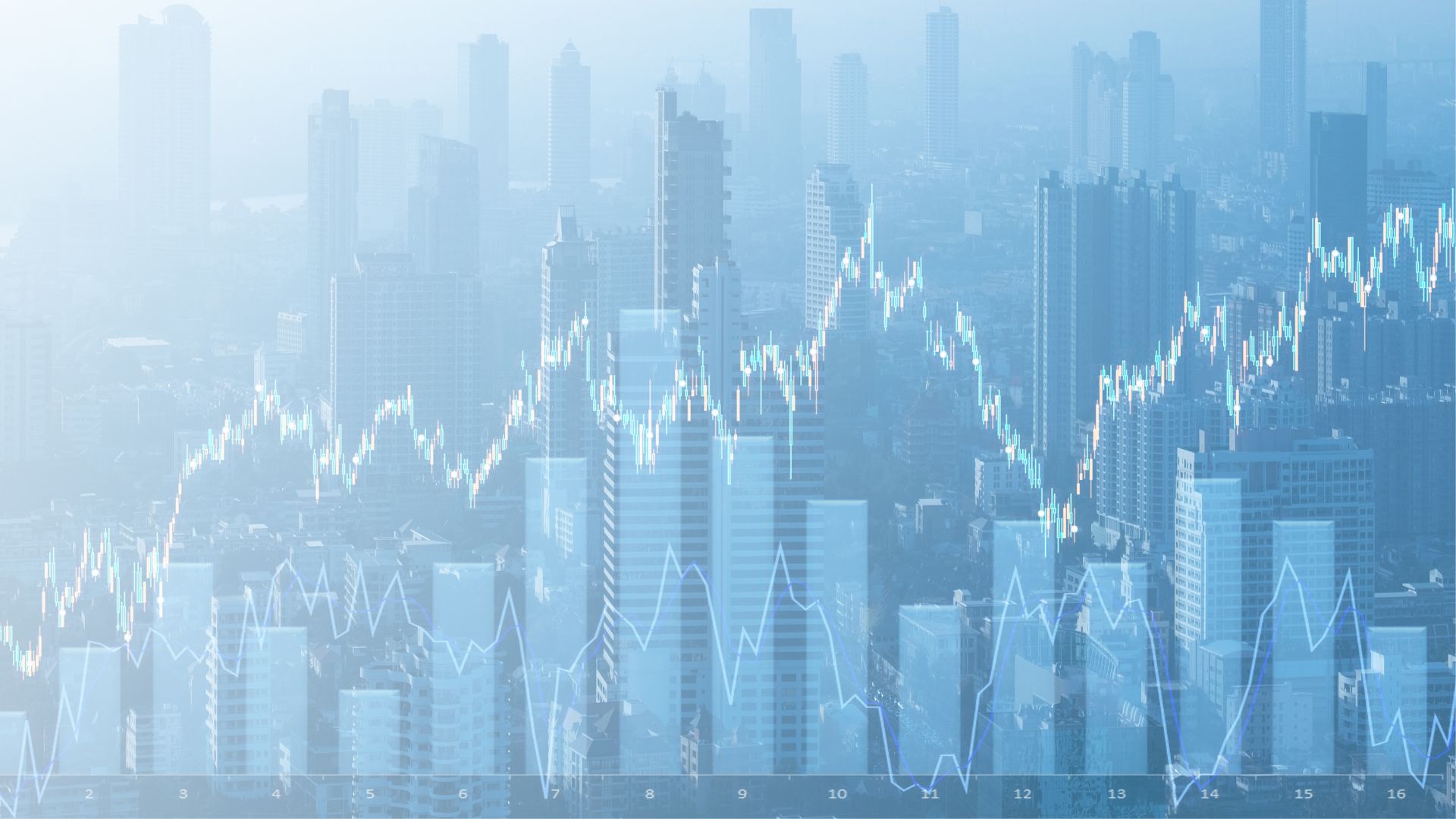A Good Hard Rain
July brought welcome relief to investors, with the S&P 500 logging its best monthly return since November 2020. Markets spent the first six months of the year undoubtedly worried about persistently higher inflation and the possibility of a Fed-induced recession. With each passing month of new data, investors grew increasingly concerned that the approaching storm clouds might harm their investment portfolios. Memories of the 2020, 2008, and 2000 recessions loomed large. In July, however, the economic and earning data started to improve. This suggests that fears of a major hurricane hitting the U.S. economy may be overblown, allowing market participants to breathe a sigh of relief.
Strength of the Storm
In our view, consumers appear well positioned for a possible recession. As support for consumption transitions from government stimulus checks to rising wages, businesses are passing these costs on to their customers in an effort to maintain margins above historical norms. Thus far, consumers have taken the price increases in stride, but that likely is not sustainable over the long term. However, evidence suggests that they should maintain their current rate of spending, and that a pullback in nominal sales may not be forthcoming.
It’s common for investors to look back at the three most recent recessions and compare them to the current environment. However, this economic slowdown is decidedly different from the last three. The COVID recession was exceptional in every way – a global pandemic, a near complete halt of travel and production, and a torrid recovery. The Great Recession emanated from a housing bubble and over-levered consumers. Among recent recessions, the current situation may be most similar to the dot.com crash. However, technology companies’ valuations at the beginning of this year were notably lower than levels seen just before the piercing of the dot.com bubble.
We believe a closer parallel for today occurred in the aftermath of World War II, during the November 1948 to October 1949 recession. Similar to the post-pandemic era, consumer spending soared as households caught up on delayed purchases and production ramped following wartime rationing. Like today, this caused inflation to spike higher. The ensuing post-war recession was mild, with GDP only shrinking 2%.1
Investors may be expressing relief that the storm is not as big as initially feared. According to FactSet, market participants have rewarded positive earnings surprises but have not significantly penalized misses. Indeed, companies that reported earnings short of expectations, on average, had no price movement surrounding the announcement. For reference, over the last five years, the price impact on companies missing estimates has been a loss of 2.4%2. Similarly, markets rallied on news of the U.S. economy’s second quarter of negative GDP growth. In short, the numbers may be missing expectations but they’re better than investors’ worst fears.
Where Might It Land
Arguably, the storm’s outer edges have already been quite damaging to sectors of the financial markets, even if the economic impact has been mild. Equities, particularly consumer-oriented technology stocks, have experienced substantial price declines as spending has leveled off and consumer’s spending shifted to services over goods. Other areas of the economy are beginning to show signs of softening, and should be watched over the coming months. For example, home price appreciation over the last two years has priced many out of the market, and higher interest rates has curbed affordability. Given the housing sector’s direct and indirect contribution to economic growth, a further slowdown may cause more turbulence. However, we believe a historically tight labor market and strong consumer balance sheets should provide some ballast for the U.S. economy.
Europe may be more vulnerable. While the Eurozone’s economic activity has outpaced the U.S. in the first half of the year, headwinds are materializing for the second half. European households and businesses may be overwhelmed by an energy crisis if tensions continue to escalate with Russia. To add insult to injury, the euro’s precipitous fall to a 20-year low means that European consumers and businesses are paying more and receiving less from trade, exacerbating European inflation.
What’s Next
The next few months may continue to confound investors trying to forecast the market’s direction. Data considered either too strong or too weak may cause additional consternation about an overly aggressive Fed causing an economic hurricane. Thus, what is or is not a “good” economic number may be difficult to discern. We expect markets to cheer any data that suggests our economy could be hit by a tropical storm rather than a hurricane or a bright sunny day. The latter may be associated with inflation staying too high. A good, hard rain could be just what is needed to suppress the fires of inflation and set up the economy for longer-term, sustainable growth.
_______________________________________
